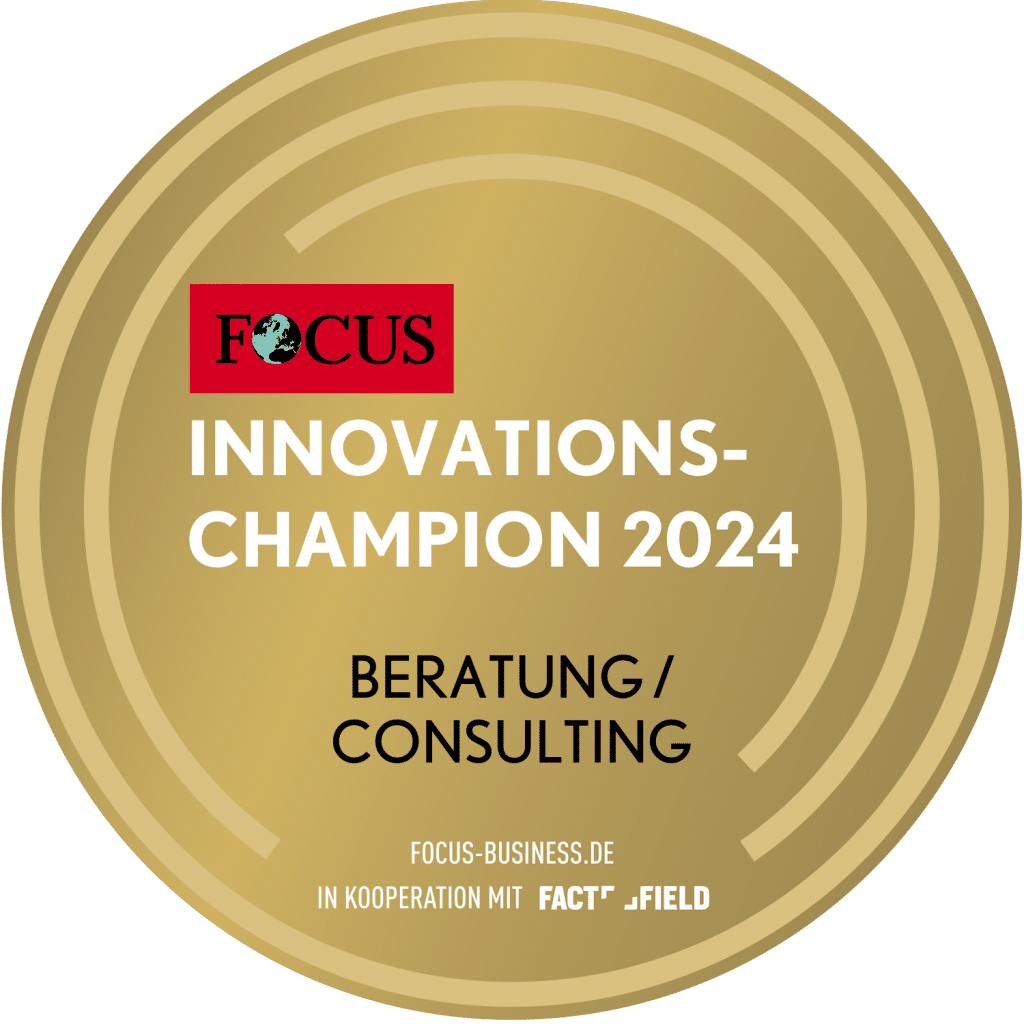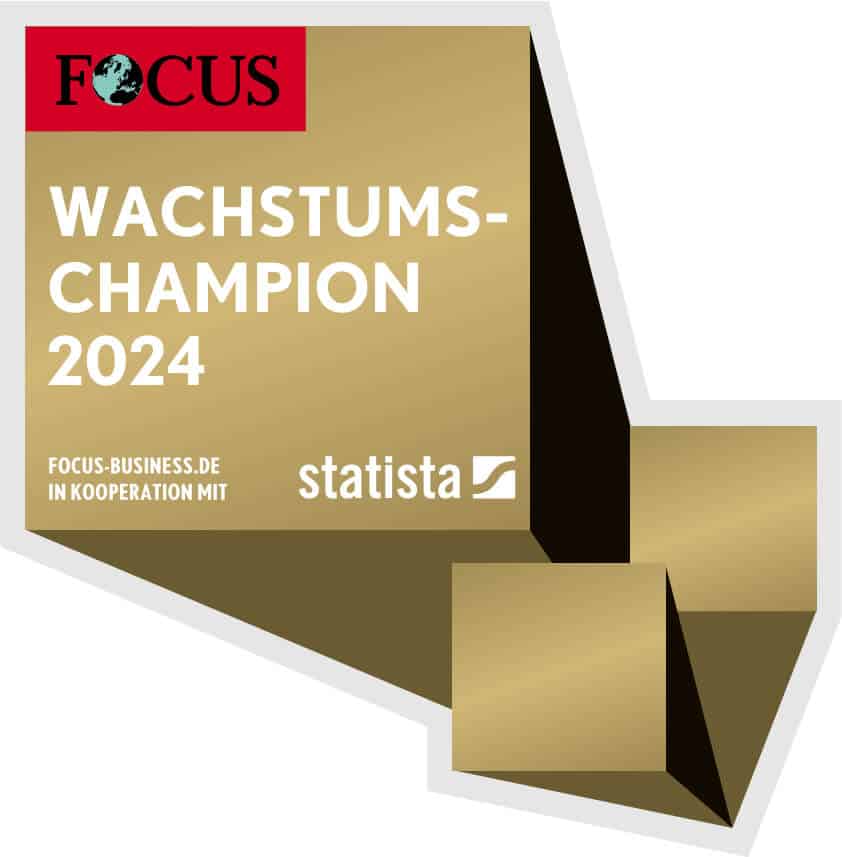While "daily business", i.e. the delivery of standard services, strengthens customer loyalty, specially developed applications are becoming increasingly important. How both lead to a value-oriented partner relationship and how organizational restructuring supports this, explains Rolf-Dieter Härter in part 2 of his interview on his contribution to the second anthology on the Enterprise Transformation Cycle: "The ITSM strategy, which focuses on the measures planned for the long term and the framework conditions, is crucial for greater predictability and efficiency.
Note from the TCI editorial team: Click here to go directly to part one of the interview - How do IT providers increase their profitability? Interview with Rolf-Dieter Härter
ITSM strategy: strengthening customer loyalty, creating value orientation
KHE: Can we observe a stronger service and customer orientation in the IT sector in recent years? In your opinion, what are the reasons for this development?
RDH: Yes, you can. On the one hand, the delivery of standard services is "daily business" for the service provider and offers little added value. There are hardly many laurels to be reaped here, yet a high level of customer loyalty is sought, mainly through stable services and qualified support.
On the other hand, services developed specifically for the customer are playing an increasingly important role. In addition, the relationship between the IT provider and the service consumer has changed, almost unnoticed in the meantime. The focus is increasingly on creating shared value.
The relationship has changed from a pure customer relationship to a more or less intensive value-oriented partner relationship.
KHE: What characterizes the IT service management (ITSM) strategy?
RDH: The ITSM strategy summarizes the long-term planned measures of an ITSM organization in order to achieve a desired future image derived from the corporate strategy. Overarching goals and framework conditions are defined here. If the ITSM strategy is regularly reviewed for effectiveness and adapted, the surprises of the future are not quite so unexpected and not quite so big.
Communication plays a central role
KHE: What role do employees play in the ITSM strategy?
RDH: Nothing works without the help of the employees. It is important to ensure how the organization is structured and managed. This includes defining responsibilities and roles, as well as clearly defined management and communication structures.
Only the active involvement of employees can ensure the sustainable success of such a transition project. Involvement is not just a standard awareness program, but the involvement of employees in the planning and design of their own working environment (agile). This also includes adequate training in the relevant specialist topics such as Cobit, ITIL, data protection and IT security.
KHE: In your article, you write that IT employees often take on tasks "on demand", which is not economical. How can such and other "bad" habits be changed in the course of a transformation - both among employees and customers?
RDH: There are more or less radical measures for this. With every measure, it is important to consider how the partnership with the customer is affected. Communication also plays a major role here.
Organizations are restructured and processes redefined as part of change projects. Responsibilities and roles are also redefined. This is the "Transition" cycle in the "Enterprise Transformation Cycle".
Particularly in areas where this "call-out mentality" exists, reorganization and communication are required. The affected employees must be taken out of the line of fire by giving them other responsibilities or functions in the future. On the other hand, the customer must be prepared for the new situation by the provider's customer management team.
Correct errors quickly
KHE: Restructuring an organization also means dissolving departments and creating new ones. What obstacles arise in the process and how can the dissolution and creation of departments succeed despite everything?
RDH: Every reorganization has reasons. In order to make a new organization productive, it must be coherent and logical for all those affected. This is why the entire change process can only be planned and implemented sustainably and successfully together with the employees.
In a transition phase that is as short as possible, old issues need to be resolved and new relationships accepted. Otherwise, old patterns will very quickly return to the forefront of the work.
The organization and processes are being aligned. As a result, new departments with new job descriptions and responsibilities are being set up.
A mere renaming will not be enough in most cases. Some departments need to be dissolved and the employees assigned to other groups.
Once the processes have been assigned to the new and remaining old departments and the task descriptions for the departments have been created, the new organizational form must be put to the test. This corresponds to the "Optimize" cycle in the "Enterprise Transformation Cycle".
Obvious errors or incorrect assumptions should be corrected as early as possible, which reduces frustration and increases acceptance of the new solutions.
Dear Mr. Härter, thank you very much for this interview.
The interview with Rolf-Dieter Härter was conducted by Dr. Katja Heumader for the TCI editorial team.
"Mastering transformation projects with the Enterprise Transformation Cycle" - published August 2020
The Transformation Consulting International has been supporting national and international transformation projects in companies for many years. Based on this extensive wealth of experience in practical implementation, the second volume, entitled "Mastering transformation projects with the Enterprise Transformation Cycle: successfully planning, implementing and completing projects" was published by the renowned Springer-Verlag. As a continuation of the first volume, it takes into account the wishes and suggestions of readers and presents concrete transformation projects and situations of action by TCI experts in their daily application of the ETC. The editors of this 500-page volume are Mario A. Pfannstiel and Peter F.-J. Steinhoff. You will find numerous theoretical and conceptual contributions as well as practical case studies on the "Enterprise Transformation Cycle".
Source cover image: © deagreez | Adobe Stock


